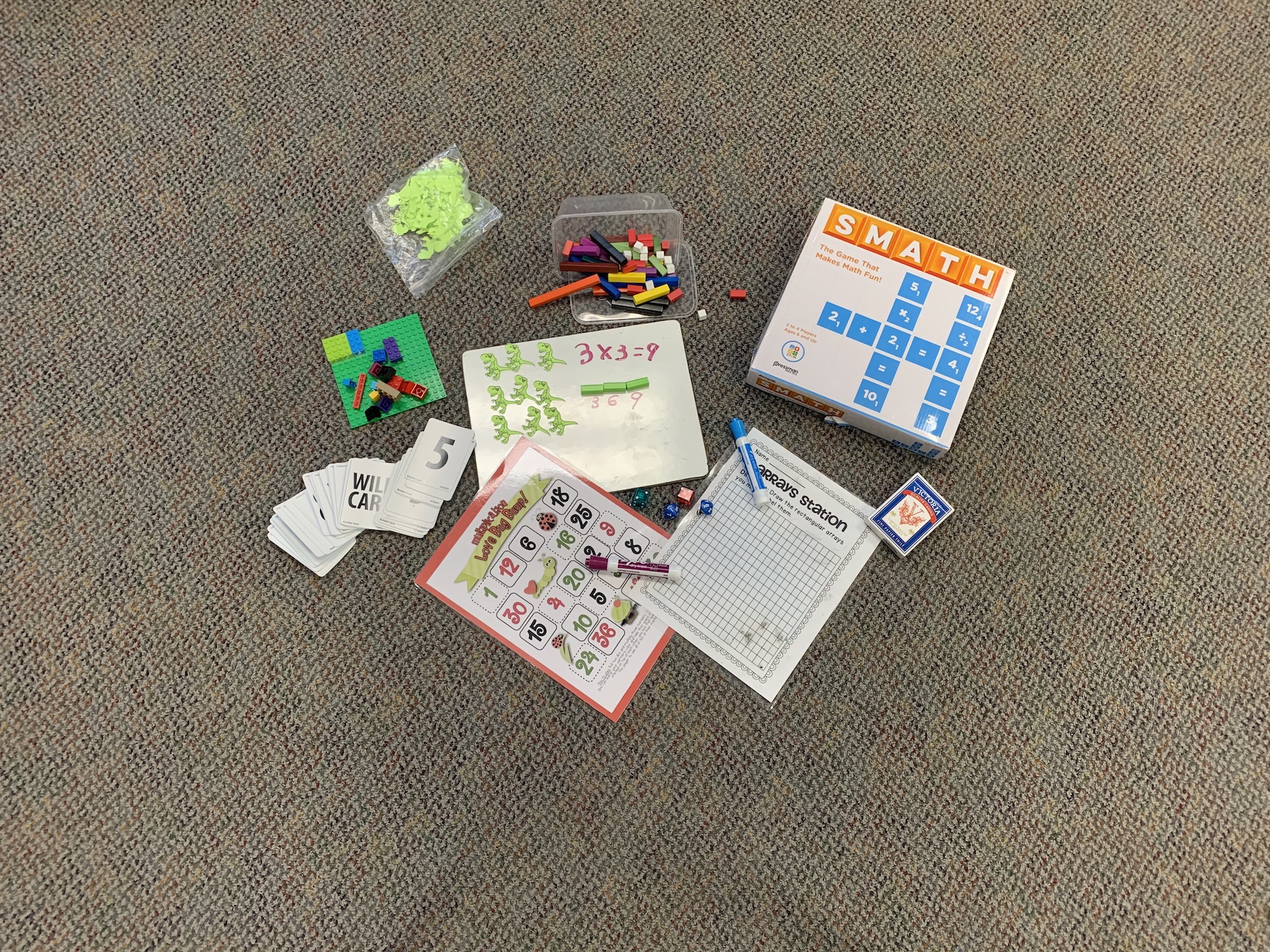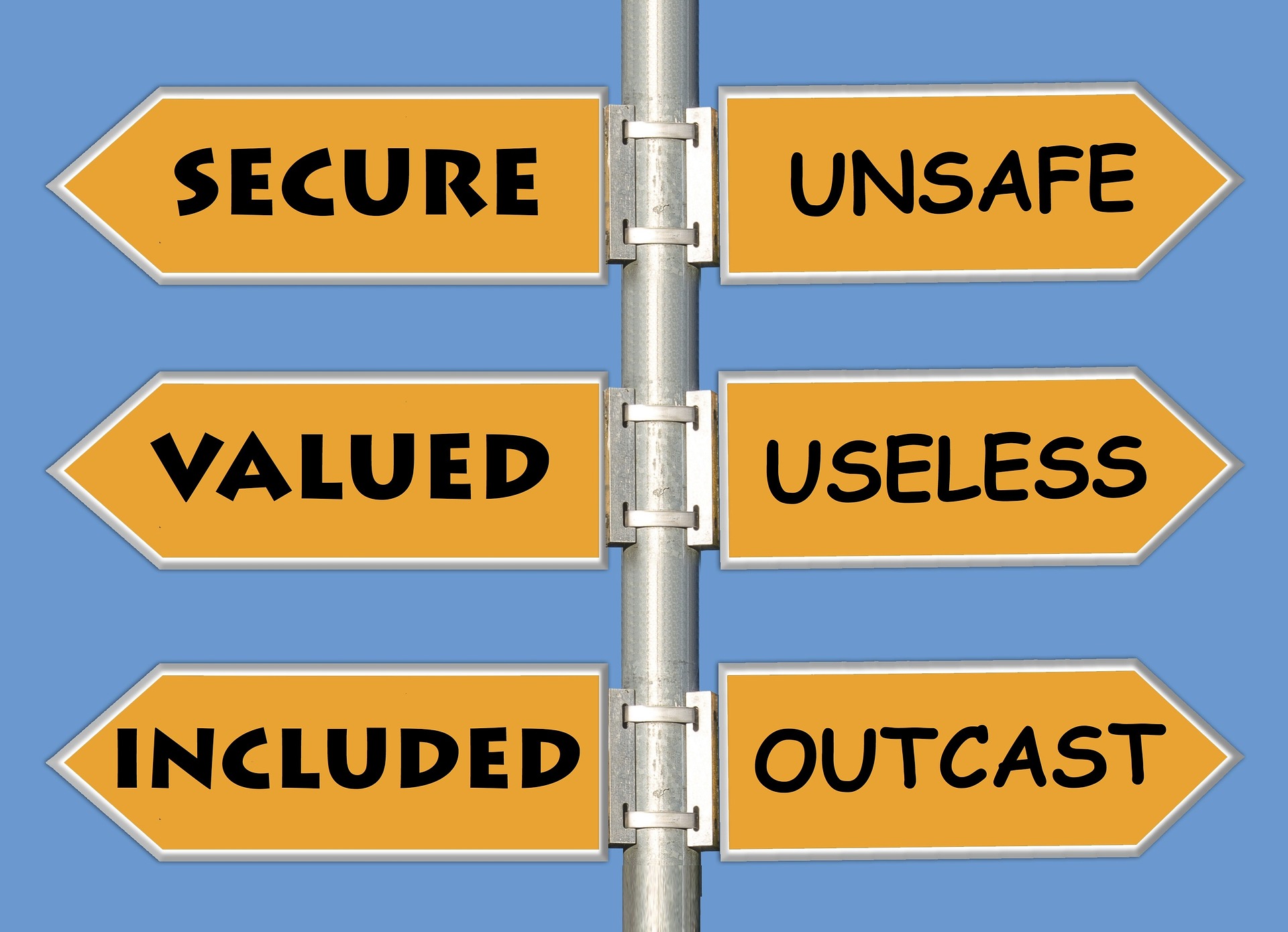- What is your personal interpretation of validity?
- Validity means that the assessment looks at the intended concepts and in a way that is accessible to all test takers. A valid assessment allows for consistent and reliable inferences to be made about the person completing the assessment using predetermined criteria. To be valid an assessment must cover enough of a topic and have sufficient opportunities for students to demonstrate their skills and knowledge.
- Why does validity need to be considered in assessment?
- Validity must be considered when assessing to ensure that we are getting a true reflection of students’ success. This becomes of particular importance when using LSAs to determine if a student is qualified to enter a particular program or be certified in a field. Thinking about the context of a psychoeducational assessment used to determine if a student qualifies for an IEP and what the students specific learning disability is requires a valid assessment that can accurately reflect a student’s strengths and weaknesses across multiple domains and show where each of those domains lie compared to other children of the same age. If these tests are not presented in a specific manner using the same test items for every student it is not a clear measurement of a students abilities and could lead to misdiagnosis of a learning disability or students who need additional supports falling through the cracks.
- How does validity connect to reliability and fairness within assessments?
- I see validity as a merging of reliability and fairness. For a test to be reliable it must accurately assess the content it intends to. For an assessment to be fair is more complex, while in a idealized world it would mean it is presented in the same manner to all students as educators we know that is not equitable. For the assessment to be presented fairly we must provide entry points that allow all students to show what they know and access the assessment, this could be having a reader, text to speech software, a scribe, speech to text programs, calculators, extra time or a quiet setting. We must also acknowledge that some tests such as a psychoeducational assessment or a speech and language assessment require consistent conditions for validity and are administered by trained professionals who specialize in their use. Fairness is highly dependent on context and what is fair in elementary may not work in secondary or post secondary.
References
Caines, J., L. Bridglall, B., & Chatterji, M. (2014). Understanding validity and fairness issues in high-stakes individual testing situations. Quality assurance in education.
Hubley, A. M., & Zumbo, B. D. (1996). A Dialectic on Validity: Where We Have Been and Where We Are Going. The Journal of general psychology.



